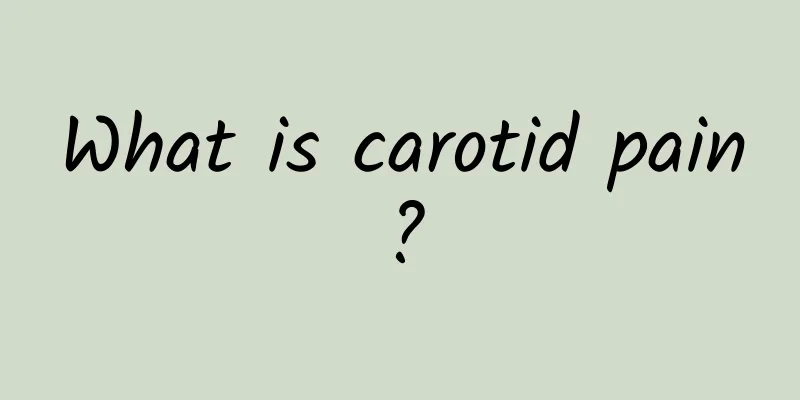Are arrhythmias dangerous?

|
Arrhythmia is a relatively common symptom. Many people do not pay much attention to this disease, which often leads to worsening of the disease and is very harmful to the health of the body. Arrhythmia will first cause poor blood circulation, which will cause symptoms of chest tightness and weakness. More severe cases will lead to bradycardia, which is also an important cause of sudden death. Therefore, we must be vigilant about arrhythmia and treat and recuperate in time. Are arrhythmias dangerous? 1. Arrhythmia can cause blood circulation disorders: When arrhythmia occurs, the contraction process of the atria and ventricles changes, which can cause cardiac output to drop by about 30%, causing the patient to experience symptoms such as guilty conscience, chest tightness, and weakness. 2. Severe arrhythmia can cause sinus arrest, sinoatrial block and bradycardia, resulting in tachycardia syndrome (also known as slow-fast syndrome) 3. Arrhythmia can lead to sudden death: The most common cause of sudden death is arrhythmia, among which ventricular tachycardia, ventricular fibrillation and conduction block have the highest incidence of sudden death. 4. The harm of arrhythmia to the human body is determined by the nature of the arrhythmia. Arrhythmia is an abnormality in the frequency and rhythm of the heart. The abnormality in the origin of cardiac excitation, the conduction time of excitation, and the order of conduction is called arrhythmia. Generally speaking, supraventricular arrhythmias without rapid ventricular rhythm are not fatal. The so-called malignant arrhythmias are mainly ventricular rapid arrhythmias that have a great impact on hemodynamics, such as ventricular tachycardia, ventricular fibrillation, ventricular flutter, etc. Commonly used antiarrhythmic drugs There are nearly 50 kinds of antiarrhythmic drugs in clinical use, but there is still no unified classification standard. Most scholars agree that antiarrhythmic drugs should be divided into the following four categories based on their different effects on the heart to guide rational clinical drug use. Class I drugs are further divided into three subcategories: A, B, and C. (1) Class I: sodium channel blockers. 1) Class IA moderately blocks sodium channels, including drugs such as quinidine. 2) Class IB mildly blocks sodium channels, including drugs such as lidocaine. 3) Class ⅠC obviously blocks sodium channels, and drugs of this class include propafenone. (2) Class II is β-adrenergic receptor blockers, which are effective because they block β receptors. The representative drug is propranolol. (3) Class III is a drug that selectively prolongs the repolarization process, including amiodarone. (4) Class IV: calcium channel blockers. They block calcium channels and inhibit Ca influx; representative drugs include verapamil. |
<<: What is the function of the blood altitude tank
>>: There is a bag on the inside of the foot
Recommend
Enhance your baby's immunity, it is absolutely essential
Compared with milk, soy milk seems to be more obs...
The difference between Bupleurum chinense and Bupleurum chinense
When we buy medicines in our daily life, we will ...
Why do I sweat when I sleep?
Sweating while sleeping is quite common in our da...
Seven rules for overcoming psychological barriers
Psychological disorder is a common psychological ...
Symptoms of Tinea Pedis
When it comes to tinea pedis, perhaps many people...
There is an abscess on the gums of the tooth decay
Because nowadays many people often have the habit...
How to Treat Diarrhea Quickly
Diarrhea is a common clinical symptom, which is c...
What medicine should I take for high altitude cold?
Nowadays, many people like to travel, see the sce...
Location of the appendix
The appendix is the most important gastrointest...
What medicine is good for abnormal leucorrhea?
You must be vigilant if your leucorrhea is abnorm...
What medicine should I take to supplement testosterone?
Testosterone plays a very important role in the m...
Ten ways to treat excessive sweating due to physical weakness
There are many ways to treat excessive sweating, ...
Can Luo Han Guo be consumed for a long time?
Monk fruit is a food that many people use to make...
Why should I stay in bed for intrauterine hemorrhage?
Women must be highly vigilant about intrauterine ...
What are the effects of lotus money grass
Lotus money grass can be found in most parts of m...









